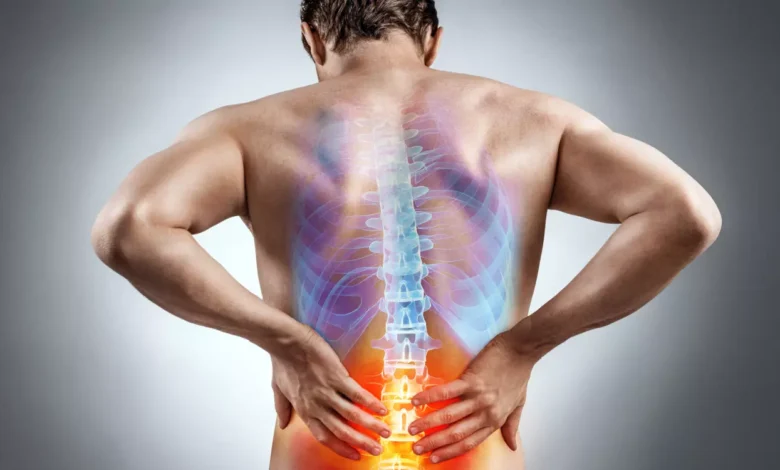How Sciatica Causes Pain and Numbness in the Lower Body

If you’ve experienced a radiating, sharp pain or tingling sensation shooting down your lower back, buttocks, or legs, you might be dealing with sciatica. Many adult sufferers describe it as more than just a typical discomfort; sciatica can disrupt your daily life, making tasks like walking, sitting, or even standing feel like a challenge. In this article, we will explore the causes, symptoms, and potential treatments for sciatica, helping you better understand how to manage and alleviate the pain.
Understanding Sciatica
Sciatica is not a condition in itself but a term used to describe symptoms caused by irritation or compression of the sciatic nerve. The sciatic nerve is the body’s largest nerve, running from the lower back through the hips, down the buttocks, and into each leg. It plays a key role in providing sensation and controlling movement in these areas. When this nerve becomes compressed or irritated due to conditions like herniated discs, spinal stenosis, or even prolonged sitting, the result is sciatica. The severity can range from mild discomfort to persistent, debilitating pain and numbness. For sufferers, this can affect mobility and overall quality of life.
The Pain Pathway of Sciatica
Sciatica pain often starts in the lower back and radiates downward due to the sciatic nerve. Key factors include nerve compression from herniated discs, inflammation-causing along the nerve, and muscle tightness. These issues lead to discomfort and pain along the nerve path.
Pain is often described as stabbing, burning, or electric-like. It may affect one side of the body and worsen with certain activities like prolonged sitting or standing. While sciatica is usually limited to the side being compressed, it causes challenges in regular activities requiring lower body strength and flexibility.
Why Sciatica Affects the Lower Body
The distribution of pain and numbness from sciatica largely depends on the specific part of the nerve being compressed. Since the sciatic nerve branches into different smaller nerves serving various parts of the lower body, symptoms can travel widely. These factors make the lower body the most common target for sciatica symptoms, impacting both motor and sensory functions.
Lower back, hips, and legs are particularly vulnerable due to:
- The long path of the sciatic nerve, which passes through several areas prone to compression.
- The body’s reliance on the lower spine for weight-bearing activities like walking and standing.
- Repetitive motions or poor posture, increasing stress on the sciatic nerve.
- Increased pressure on the nerve from carrying excess weight or strain on the lower body.
- Injury or trauma to the lower back, which directly impacts the sciatic nerve.
Understanding the Impact
Sciatica doesn’t just affect physical comfort; it also influences emotional well-being and daily routines. For many adults dealing with sciatica, the inability to perform simple tasks without discomfort can lead to frustration or a reduced quality of life. If you’re looking to take proactive steps, speaking to a knowledgeable specialist can provide more personalized insights into managing your sciatica. Understanding how your body works is the first move toward improving the pain and numbness you’re experiencing.





